SPONSORED CONTENT
Sealer Diaries: A day in the life of a Marion Sealer
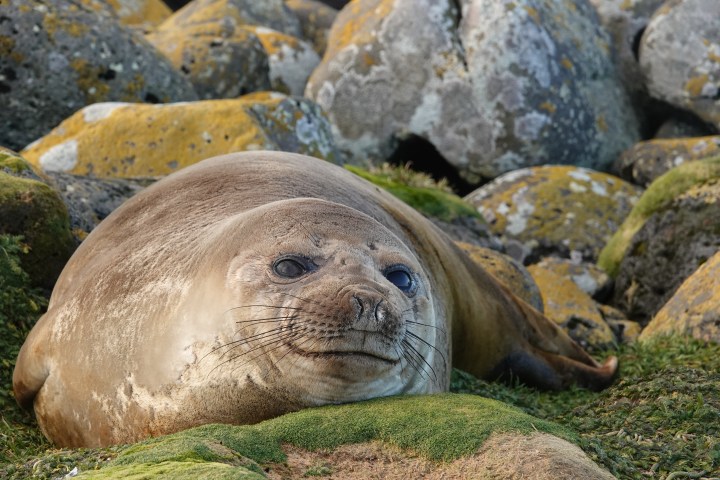
Written by: Mike Ross.
Before I came to Marion Island, I asked several old Sealers what a typical day on Marion looked like. Most replied that there was no such thing as a “typical day” on Marion, an answer which, although undoubtedly truthful, was not especially helpful.
Since I have now spent some time on Marion and have been inducted into the hallowed community of Sealers, I will do my best to provide an answer to the “typical day on Marion” question which is both truthful and informative. If nothing else, I will at least describe a single day in the life of a Sealer on Marion Island. Bear in mind that we Sealers have only just arrived in Marion (well 3 months ago, but it feels much shorter than that), and that we are yet to experience the mayhem of the breeding season, which will be quite different to a day during the quieter winter months. Having said that, this is a typical day…
First some background. Sealers on Marion work with both southern elephant seals (Mirounga leonina) and two species of fur seals, though mainly elephant seals. Our schedule is generally governed by the 10-day elephant seal census, which covers all the beaches on the eastern side of the island. Every seal born on Marion is tagged, with all individuals born in a year given the same colour tag (a different colour to those born in other years), but a unique tag number. The census typically takes five days (and a sixth if you include the walk back to base from one of the further huts), with three nights away from base at various huts scattered around the island and involves recording all the elephant seals one encounters at beaches around the island, both tagged and untagged. While simple in principle, in practice it is more challenging, as one must get close enough to read the numbers on a tag, while avoiding getting chomped by the rather large, and occasionally quite irritable seals. The remaining four days are spent tagging fur seals, recording previously tagged fur seals, processing scat, entering data or helping with killer whale observations. Back to the crux of this blog!
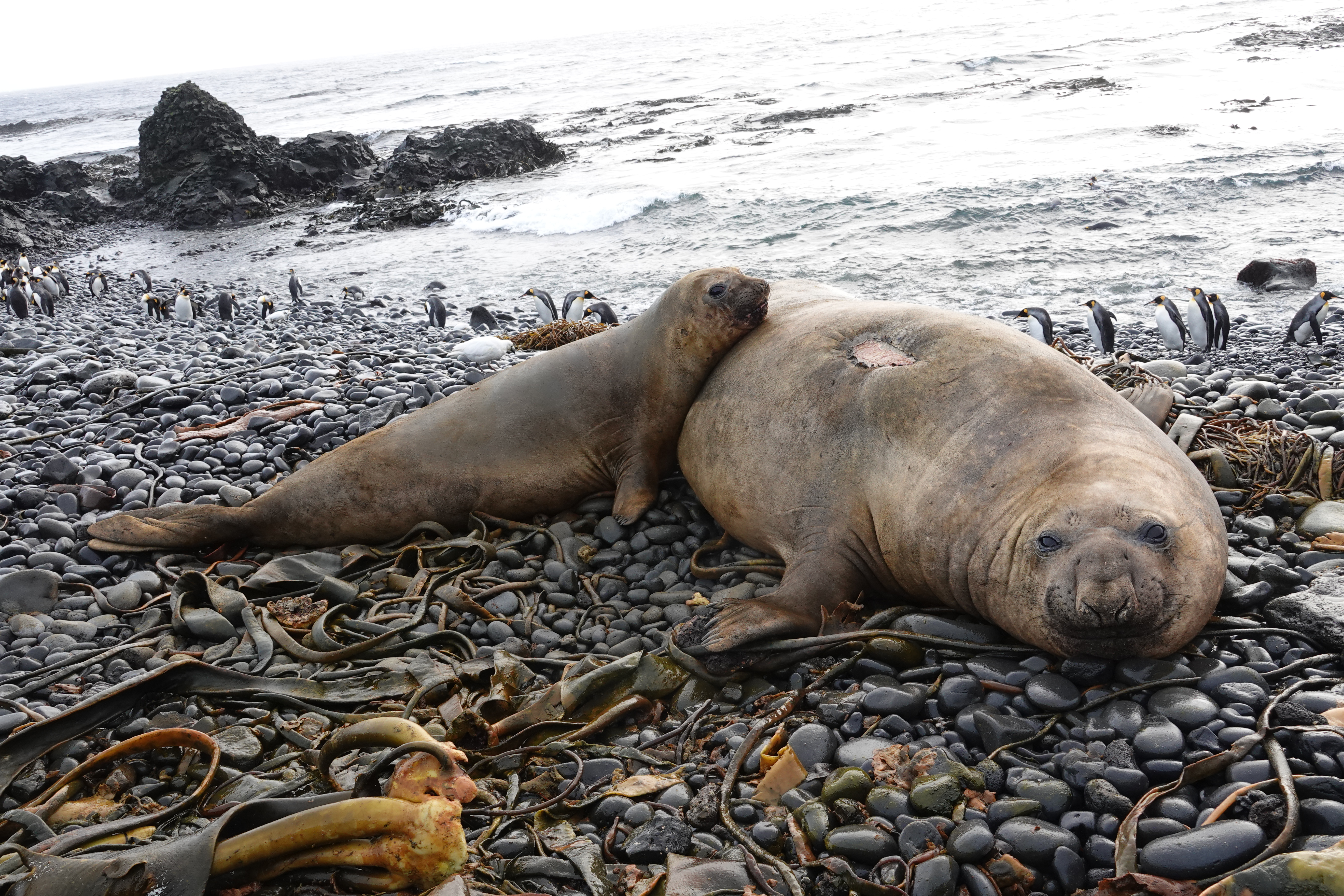
A young elephant seal bull and female hauled out. These seals are censused every 10 days on the eastern side of the island © MIKE ROSS
For some reason I woke up at 5:30 am, and given I’m a morning lark, I decided to make the most of my alertness and get stuck into this blog post. After an hour of writing, I packed the last few items into my bag. I was scheduled to finish censusing elephant seals just north of base, but planned to return to base in the afternoon, so my bag wasn’t too full. I packed my notebook and pencil, waterproof slate (for when it invariably starts raining), binoculars, PG camera (more on this later), tags for foreign seals and tag applicators, waterproof pants and rain jacket, PLB (personal locator beacon in case of emergency), personal camera, a flask full of tea and snacks (you can never have too many, but you can certainly have too few – a most unpleasant experience). I quickly ate breakfast, signed out on the register (so people could locate me if I didn’t come back) and left just before 8 am.
I decided to walk to the furthest point and census the beaches on the way back. The weather teased me – it was sunny over the interior, but I was walking in a soft drizzle, a classic Marion soft, subtle soaker. Nevertheless I enjoyed the 1h30 hour walk to Blue Petrel Bay to the north of base, and marveled at the growing Wandering Albatross chicks and Giant Petrels I spotted along the way. Sometimes I take these sights for granted, but am quickly reminded of how lucky I am when I take a moment to reflect that “I’M ON MARION FREAKING ISLAND” (a direct quotation I discovered on the inside of one of the hut doors which seems particularly apt). At Blue Petrel Bay my work for the day began in earnest.
The beaches are relatively quiet at the moment, with most of the seals fattening themselves up in the ocean before the breeding season. As a result, census went quickly. I came across many tagged seals and recorded their tag colour and number. The highlight was seeing my first Red White (Red White 029), an eight year old male who was tagged in 2014. So far we haven’t seen many fully grown adults, but they are sure to be on their way as breeding season approaches. I proceeded to PG the Red White. Essentially you take multiple photographs of the animal from different angles and combine all these images to produce a 3D depiction of the animal, which can then be used to estimate the animal’s weight. Effectively you can weigh a multiple ton elephant seal with one finger. There are nine beaches between Blue Petrel Bay and base, some with multiple divisions, and I checked them all, encountering 84 seals. Unfortunately I didn’t see any killer whales during my census, but I did briefly stop to admire the view from the top of one of the beaches called Ship’s Cove. Just before I reached base, I stopped to check in with Monica (M79 sealer focused on killer whales), who was at Kill Point, on the lookout for killer whales. By 2:30pm I was back at base.
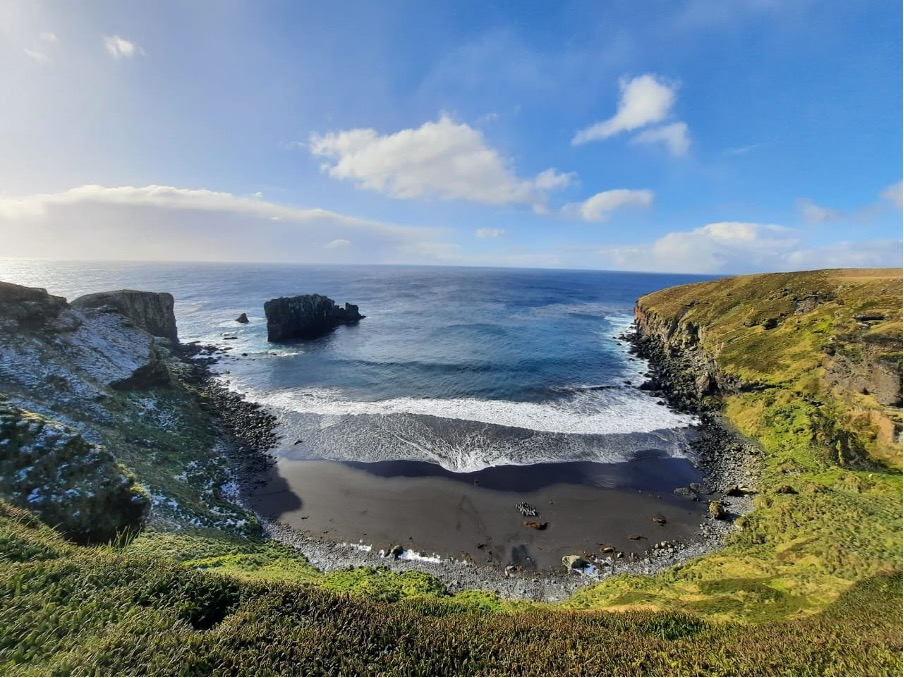
“I’m on Marion freaking Island” moments as you look down on Ship’s Cove ©MIKE ROSS.
The day wasn’t done yet. After a quick lunch, M79 sealer Banele and I headed out in an attempt to catch a fur seal mom and her pup. We were hoping to deploy a GLS device (an archival tracking device) on the mom and tag her pup. Alas, the pair conspired against us, and the pup went swimming with his friends, leaving us unable to identify him. Banele and I sat behind a rock for 20 minutes hoping the situation would change, but it appeared to be in vain. I checked in with Monica again (she was at Kill Point for 8 hours, so there was plenty of time for that) and then headed back to base. Once at base, I spent the next hour inputting the data I had collected from my day in the field and clearing the slight data backlog. The work day was now officially over. I’d walked 15.6 km outside (though walking on Marion is much harder than the distances alone suggest) and would go on to do over 28000 steps for the day.
Still, the day wasn’t done yet. On Marion we seem to have never-ending skivvy (cleaning) duties, including the base skivvy, the science corridor skivvy, our accommodation skivvy, kitchen skivvy and braai skivvy, which we do on a rotational basis. Today, being a Monday, was base skivvy, so I spent 30 minutes cleaning various sets of staircases, my job for the day. The last thing I desperately needed was a shower. By the end of the day, one exudes this awful stench of seal and penguin excrement, which as a sealer you become somewhat accustomed to, but the rest of the base personnel do not. Having a shower therefore constitutes an essential part of maintaining relationships with everyone else on the island and avoiding being kicked out of base.
By 7 pm, I had finished everything, just in time for dinner, which after a long day out, is always a highlight. After dinner I organised what I would need for the following day and then caught up on messages and emails. The day ended with some quiet time reading, and then I was off to bed, ready to do it all again tomorrow.
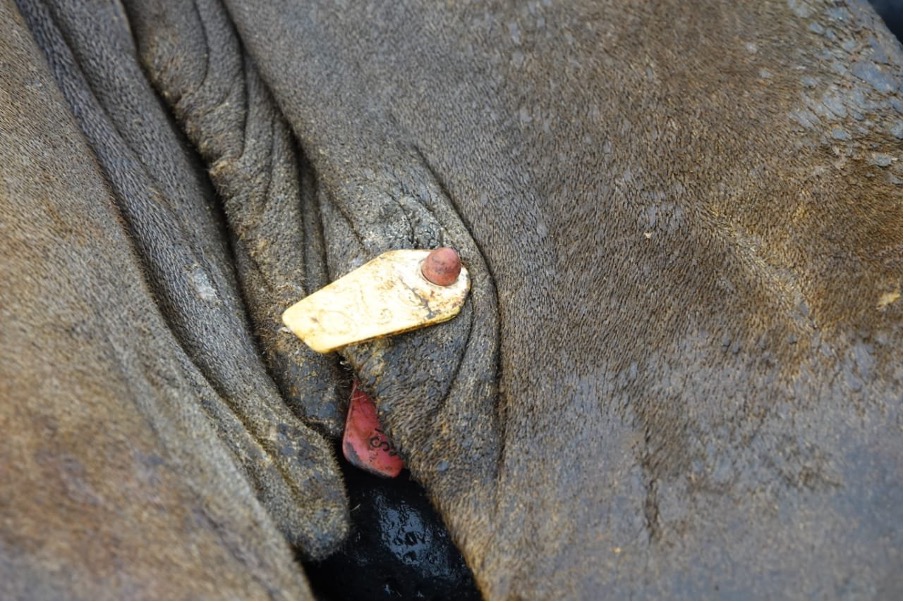
My first red white tag for the season, an 8 year old bull ©MIKE ROSS.
Census repeats itself at least every 10 days throughout the year, and while every day is different, I hope you have some idea of what a typical day looks like at this time of year, and if nothing else, at least what happened on this particular day. Marion is the most incredible place, and I feel so lucky to be here. While this post dives into what exactly a Sealer gets up to on Marion, upcoming posts will help explain why the island is so special, and why our work here is so important, so stay tuned! DM
Mike Ross (M79)
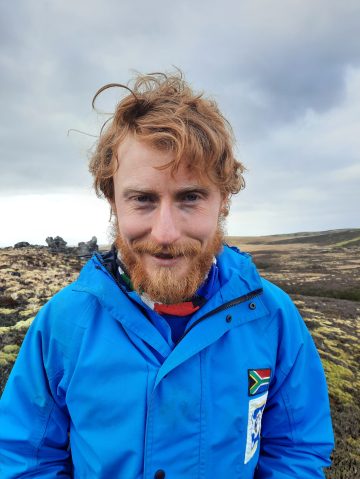
Mike Ross is a Conservation Biologist who loves working in wild places. To satisfy this desire, he spent 10 months searching for leopards in Saudi Arabia with Panthera and 14 months researching seals and killer whales on Marion Island through the Marion Island Marine Mammal Programme. Currently, he is an Expedition Researcher on the Great Spine of Africa project, which aims to collect baseline scientific data down the lengths of all the major rivers in Africa.






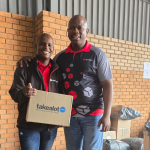
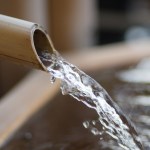









 Become an Insider
Become an Insider